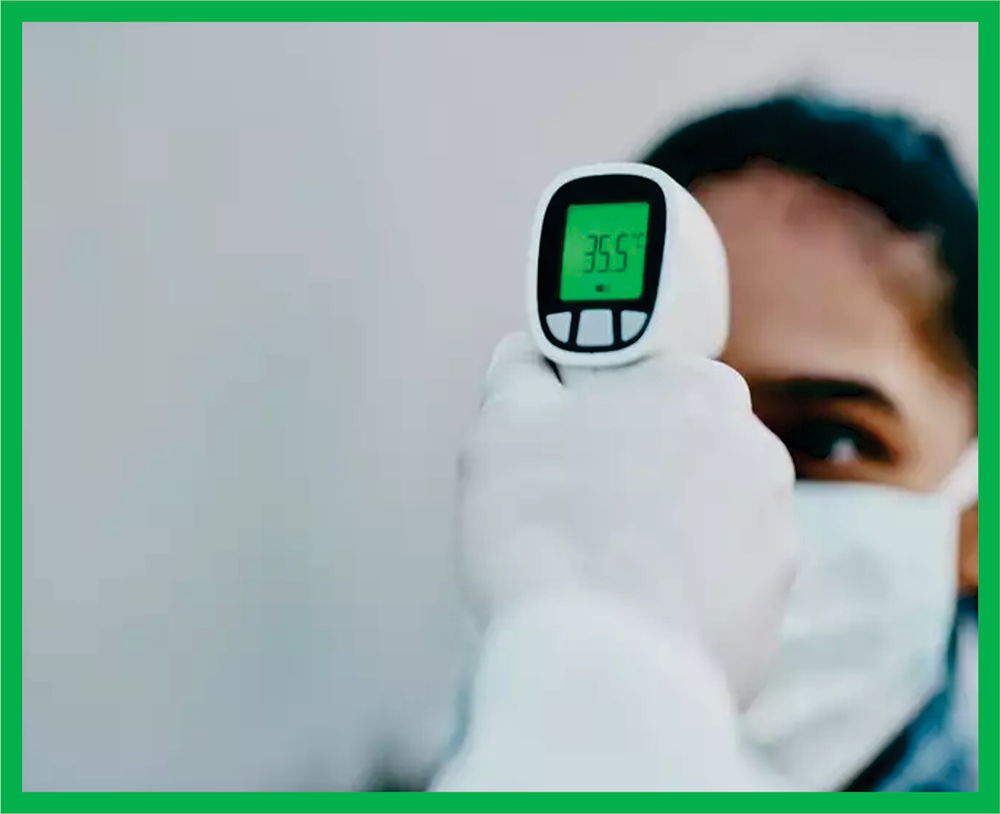Knowing how to take your temperature is important because it helps you identify fevers and treat illnesses properly. The normal temperature range is 96.8–100.4°F (36–38°C). To find out what temperature is normal for you, take your temperature when you are well.Whenever you take your temperature, write it down. Record the date, time, and any symptoms that you have.
What Are The Different kinds of Thermometers ?
Arterial blood gases (ABG) testing measures the amount of oxygen and carbon dioxide in your blood. Oxygen and carbon dioxide are known as gases. This test also shows whether your blood pH is balanced. Blood pH balance means that your blood is not too acidic (acidosis) and not too alkaline (alkalosis).
This test is commonly used if you have difficulty breathing. You may also need this test if you have:
- Digital multi-use thermometer. This can be used in the mouth (orally), in the rectum (rectally), or under the arm (axillary). Always label digital multi-use thermometers. Do not use the same digital multi-use thermometer to take your temperature in different ways.
- Temporal artery thermometer. This is placed against the forehead. It picks up the heat from the temporal artery, which runs across the forehead.
- Tympanic thermometer. This type is inserted into the ear canal. It records the heat from the eardrum.
- Do not use the following thermometers.
- Glass mercury thermometers. The glass can break. This is dangerous to your health and to the environment.
- Temperature strips. They are not always accurate and are not recommended at this time.
General Tips
Type of thermometer to use
An axillary measurement is the least reliable method. It should only be used as a screening tool.Always remember that:
- Rectal and temporal artery temperatures can be slightly higher.
- Tympanic and axillary temperatures may be slightly lower.
General instructions
- Take your temperature the same way each time you check it. Different methods may provide different readings. The only way to know whether your temperature is increasing or decreasing is to use the same method each time.
How To Take Your Temperature
The steps for taking your temperature depend on the method and the type of thermometer that you use. You will get the result in about 1 minute. Always read the instructions that come with the thermometer.Wash your hands with soap and water before and after taking your temperature. Use hand sanitizer if soap and water are not available.Clean the thermometer with soap and water or rubbing alcohol before and after you use it.
- Use only cool or warm water to wash a thermometer. Do not use hot or cold water. Doing this can cause a thermometer to give an incorrect reading.
Rectal
Always label a rectal thermometer clearly so it is never used in the mouth.
- Wipe a small amount of petroleum jelly on the end.
- Lay on your side with your knees folded up toward the chest.
- Turn on the thermometer.
- Gently insert the thermometer ½–1 inch into the rectum. Do not put it in any farther than that.
- Hold the thermometer in place until it beeps.
- Gently take out the thermometer. Read the temperature.
- Repeat, if needed.
Oral
Always label an oral thermometer clearly, so that it is used in the mouth only. If you are unable to close your mouth for any reason, do not use an oral thermometer.
- If you recently ate or drank, wait 15 minutes before taking the temperature orally.
- Turn on the thermometer.
- Gently place the thermometer under your tongue, toward the back of the mouth.
- Hold the thermometer in place until it beeps.
- Gently take out the thermometer. Read the temperature.
- Repeat, if needed.
Temporal artery
- Turn on the thermometer.
- Place the flat end of the thermometer firmly on the center of your forehead.
- Press and hold the scan button.
- Lightly slide the thermometer across your forehead until you reach the hairline on one side of the head. While you do this, maintain contact with the skin of the forehead.
- When the thermometer reaches the hairline, release the scan button and remove the thermometer from your head. Read the temperature.
- Repeat, if needed.
Axillary
- Turn on the thermometer.
- Make sure that your underarm is dry.
- Lift your arm and place the end of the thermometer against the center of the armpit.
- Lower your arm and hold it firmly closed over the thermometer against your side.
- Hold the thermometer in place until it beeps.
- Take out the thermometer. Read the temperature.
- Repeat, if needed.
Tympanic
Do not use the tympanic method if you have ear pain, discharge from the ear, or a lot of earwax.
- Turn on the thermometer.
- Place the thermometer gently but securely into the opening of the ear canal.
- Hold the thermometer in place until it beeps.
- Gently take out the thermometer. Read the temperature.
- Repeat, if needed.
Summary
- Knowing how to take your temperature is important because it helps you identify fevers and treat illnesses properly.
- The steps for taking your temperature depend on the method and the type of thermometer that you use. Always read the instructions that come with the thermometer.
- Whenever you take your temperature, write it down. Record the date, time, and any symptoms that you have.

